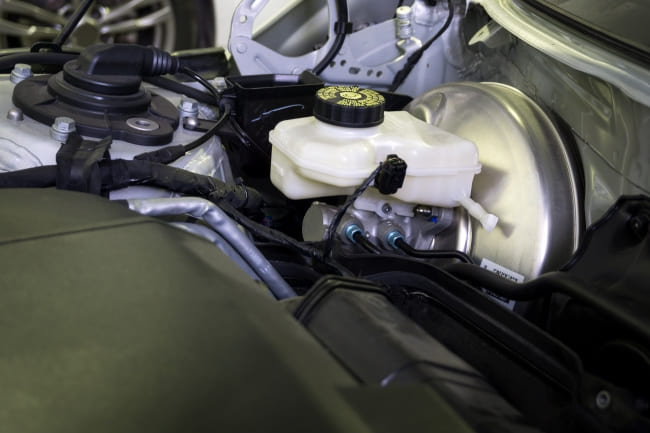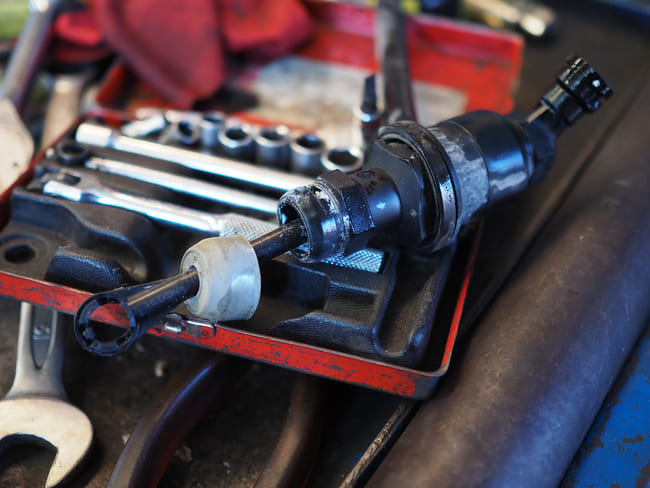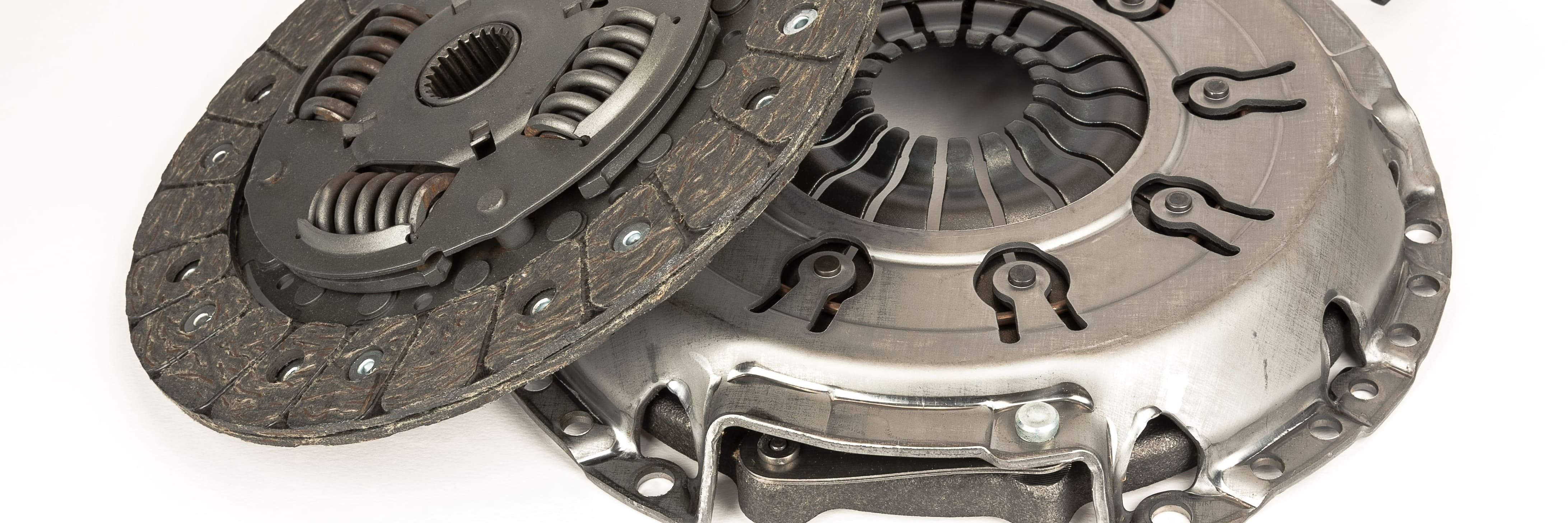
Symptoms of a bad clutch master cylinder
Does your clutch pedal feel spongy? Are you having trouble shifting gears and engaging the clutch? It could be due to a faulty master cylinder.

What is the clutch master cylinder for?
The clutch master cylinder enables smooth gear shifting in a manual transmission by providing the necessary force to operate the clutch mechanism. To engage the clutch, the cylinder generates hydraulic pressure using a fluid similar to that used in braking systems. Failures or leaks can result in a loss of hydraulic pressure and make it almost impossible to operate the clutch effectively.
Where is the clutch master cylinder located?
The master cylinder is connected to the clutch pedal and typically found in the engine compartment on the bulkhead near to the brake master cylinder. For its exact location on your specific vehicle, refer to your car owner’s manual.
What are the symptoms of a bad master cylinder?
While some hydraulic cylinders may last a car’s lifetime, there are certain factors that can cause them to fail, including fluid contamination or using the wrong type of fluid, extreme driving conditions, and excessive stress on the components. Here are some of the signs that you should look out for.

Bad clutch master cylinder symptoms:
- Low clutch fluid
If the fluid level in the reservoir drops below the low mark, it is time for a top up. However, if you notice a sudden dramatic loss of fluid or find yourself having to top up again, the master or clutch slave cylinder could be leaking. Make sure to only use the type of fluid recommended by the manufacturer.
If there’s a leak, it is likely that the seals are worn and need to be replaced. Prolonging repairs could lead to further damage.
- Dark or contaminated fluid
The hydraulic fluid can break down over time, especially when the internal seals are worn out. Moreover, if the component itself is damaged, it may not be able to generate enough pressure to force the fluid through the lines, causing a build up of dirt and contaminants. If the fluid still looks dark and dirty not long after the system has been flushed and the reservoir has been topped up, it could be due to broken seals.
- Pedal is spongy or gets stuck
If the pedal is feeling soft or spongy, it could be a symptom of water or air entering the master cylinder’s hydraulic system, preventing the fluid from creating the pressure required to actuate the clutch. This could also indicate that there is a leak. Moreover, if the pedal gets stuck to the floor, it is likely due to a damaged or leaking cylinder. This will stop the clutch from disengaging
- A sudden change in the clutch engagement point
A drop in fluid pressure will affect the way your clutch engages. You may find that you have to press the pedal further or all the way down just to engage the pressure plate. You may also notice that engagement is also more abrupt than usual.
- Difficulty shifting gears
Among other possible causes, a bad master cylinder can make it more difficult to shift gear, cause the gears to slip and eventually lead to manual transmission failure.
If you are in need of a replacement, make sure to buy a component that is compatible with your specific vehicle. You find aftermarket parts online by searching for relevant keywords, e.g. “Ford Focus clutch master cylinder”. For more accurate results, it’s recommended to search using the OEM part number or the VIN.
How much does a clutch master cylinder replacement cost?
On average, you can expect to pay around £200 for a replacement in the UK, although this can easily increase to £300 depending on where you get your car fixed. Other factors affecting the clutch master cylinder price include the make and model of the vehicle, the year of manufacture, and the complexity of the components.
If you exclude labour costs, the cost of the part itself can range between £25 and £70 when you shop online. This is cheaper than replacing an entire car clutch kit, but you should bear in mind that you will also need to change the fluid and, if necessary, the seals, slave cylinder and hydraulic lines.
TOP products on the subject:







































